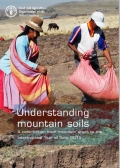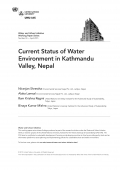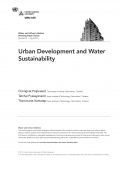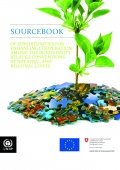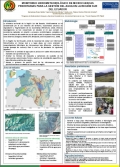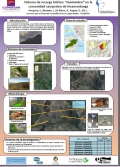Latin America
Mountain soils are the fragile foundations of ecosystems that ultimately provide water for more than half the world's population. A new FAO book offers technical insights on the sustainable management of mountain soils, which are home to a vast array of human activities ranging from...
The solution — or at least part of the solution — to Miriam Cacho’s water woes might lie in some ancient and mostly-forgotten stone canals that line the mountains far above her home.
- ...
Durante años, las grandes represas han sido una de las opciones preferidas para satisfacer las necesidades energéticas en América Latina. De hecho, en los últimos años hemos sido testigos de un nuevo "boom hidroeléctrico" que ha fomentado la construcción de estas...
Antiguamente las comunidades andinas almacenaban agua de manera tradicional a través de técnicas que les permitía utilizarla en temporadas secas y de pocas precipitaciones. El día de hoy estas técnicas hidrológicas ancestrales han sido restablecidas y son utilizadas por las...
Heifer Ecuador, la Coordinadora Ecuatoriana de Agroecología, la Confederación de Nacionalidades Indígenas del Ecuador (Conaie) y la Coordinadora Nacional Campesina Eloy Alfaro (CNC), con el apoyo del Departamento de Desarrollo, Ambiente y Territorio de la Facultad Latinoamericana de...
La dinámica territorial de la Región Sur del Ecuador, históricamente se ha caracterizado por el uso intensivo del territorio, ocasionando procesos de degradación y fragmentación de los ecosistemas (Windhorst, 2013). Diversas investigaciones se han concentrado en estudiar el rol que...

